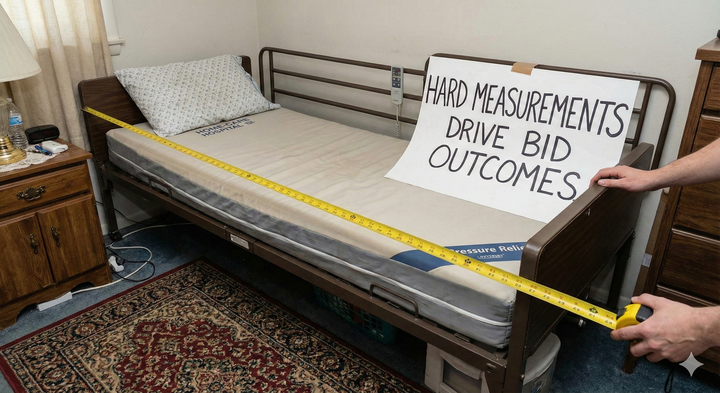Digital Force Technologies, Inc. (B-423319)

You might care.
Category: SBIR, sole source
Date: 19 May 2025
URL: https://www.gao.gov/products/B-423319
Digital Force Technologies, Inc., protested the US Air Force's issuance of a Small Business Innovation Research (SBIR) program phase III sole-source solicitation to Clear Align, LLC, for an "increment 1" tactical security system (TSS). Digital Force contended that the solicitation was improperly issued to Clear Align, because the agency's requirement did not derive from, extend, or complete efforts from a previous SBIR award, and that Clear Align was not a legitimate successor-in-interest to Computer Optics, the firm that performed the prior relevant SBIR phase II work. Digital Force argued for a competitive solicitation.
The Air Force sought a modular, ground-based security and surveillance system. After extensive market research, including multiple RFIs, the agency decided to fulfill the requirement via an SBIR phase III award. An initial plan to issue dual solicitations to Clear Align and another firm, Anduril, was changed after a prior GAO protest by Digital Force led to corrective action. The agency then issued a single SBIR phase III solicitation to Clear Align, asserting its proposed solution derived from two prior SBIR phase II contracts awarded to Computer Optics.
GAO denied the protest, addressing two main issues. First, SBIR phase III eligibility focuses on the "work" not the "requirement": GAO found that the SBIR statute and policy directive unambiguously refer to the "work" to be acquired as deriving from, extending, or completing prior SBIR efforts, not necessarily the agency's broad requirement itself. The Air Force reasonably concluded that Clear Align's proposed TSS, particularly its Z 320 MWIR camera component, derived from technology developed under prior SBIR phase II efforts by Computer Optics. GAO also noted there's no rule that the entirety of a phase III solution must be SBIR-derived; the inclusion of SBIR-derived components in a larger system (like the camera in the TSS) is permissible. Second, GAO found the Air Force reasonably determined Clear Align was a successor-in-interest to Computer Optics. This was based on an asset purchase agreement showing Clear Align acquired substantially all of Computer Optics' assets related to its "high-tech optics business," including all relevant intellectual property.
The protest was denied because the Air Force reasonably concluded that the work solicited from Clear Align qualifies for an SBIR phase III award as it derives from prior SBIR efforts performed by Computer Optics, and that Clear Align is a valid successor-in-interest to Computer Optics.
Digest
Protest challenging the issuance of a Small Business Innovation Research (SBIR) program phase III solicitation for a sole-source contract is denied where the record demonstrates that the agency is procuring work from a successor-in-interest entity that derives from, extends, or completes efforts of an acquired entity performed under prior SBIR contracts.




Comments ()